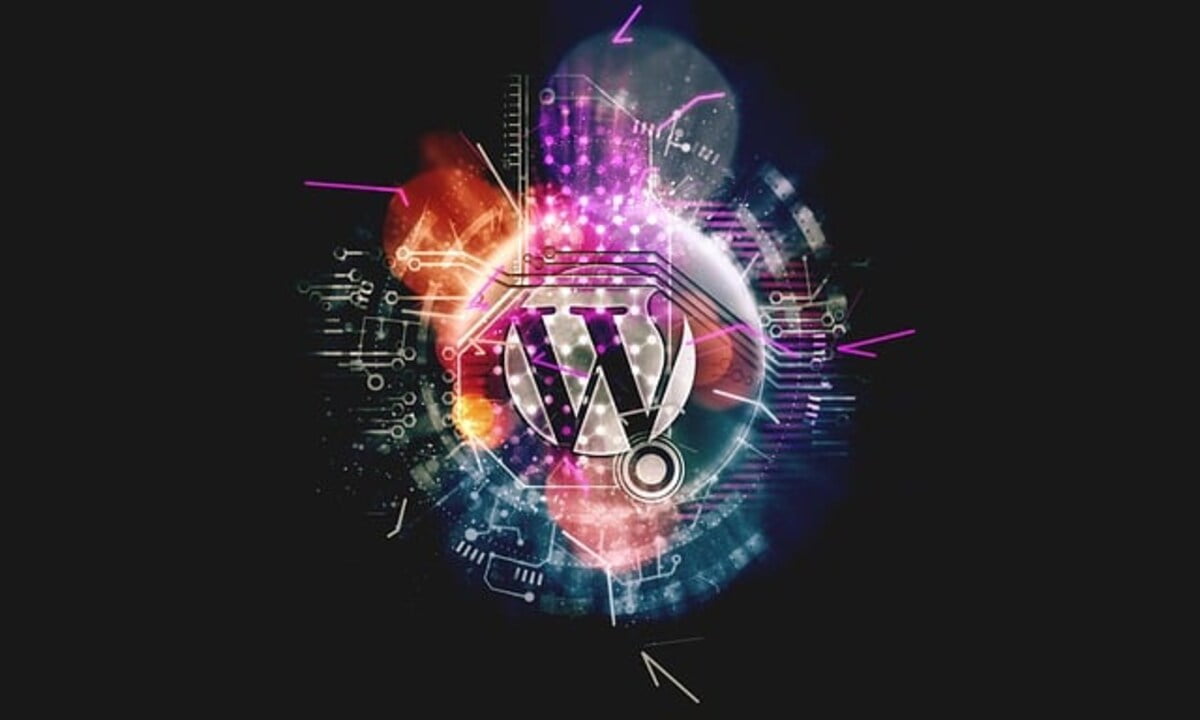You need to perform a few things after downloading WordPress and installing it on your domain and hosting account before you can go crazy installing themes and plugins.
On the server side, you should access the WordPress installation file and instructions supplied alongside the program. You should give this file a completely new, difficult-to-guess name. This is a precaution to take so that hackers won’t be able to readily determine that your site uses WordPress and launch attacks against its security flaws.
Plugins: While on the server, navigate to the wp-content/plugins directory and create a new, empty index.html file. Create an HTML file in Notepad and save it as index.html. The next step is to transfer the plugin file to the wp-content/plugins directory. This will hide from the public view any plugins you post in the future. This is a precautionary step, once again.
Images: WordPress stores your uploaded images in a folder automatically named Uploads. If you don’t want others to find your gorgeous pictures easily, you can change the file name in which they are kept. To upload photos, make a new file on your server and specify its full path in the Settings/Media section. While there, you may want to deselect the option that sorts them by month and date; doing so can be tedious.
Time: Now is the time to double-check the time and date shown in Settings/General. Even though this sounds like a bit of detail, it could impair the functionality of plugins that rely on cron jobs. Thus, it’s essential to get it right.
After logging in to your WordPress administration panel, edit your profile information. You should use the “About Me” section to include search engine optimization keywords and visitor-friendly information about your site. If your page is optimized for search engines, more people can find it. While you’re there, you should probably update your password and check its strength using the tools provided.
By default, WordPress blogs include a link to another WordPress site in their Blogroll. Many people, surprisingly, don’t take these off. Unless your site is specifically about WordPress, you can probably ignore these links. Go to Links, select the checkboxes you want to remove, and then click Delete. When you’re ready to replace them with your links, click the Apply button, and everything will disappear.
Your blog may be set to private by default on specific web servers and software installers. For search engines to index your blog, you must first enable this feature under Settings/Privacy. When you are through making changes, click the Save button.
Permalinks: A well-organized permalink structure is essential for effective SEO. A “permanent link” to your content is a “permalink,” for short. Adjust your preferred permalink structure in Settings -> Permalinks. If your site is modest (less than five pages), you may only need to display the post’s name in the permalink. Enter/%postname%/ in the “custom permalink” field to accomplish this. If your blog is more extensive, you may find that using categories to sort posts will help you keep everything in its place. You should use your keywords in the category names if you’re into search engine optimization. Simply enter /%category%/%postname%/ in the custom field to use this permalink structure. Always remember to save your work after you’re done making changes.
Pinging: WordPress will use the ping services you specify in Settings/Writing to notify search engines whenever you publish a new article. If you wish to notify more services whenever you post, you can add them to your ping list. After you’ve added the links, you can click the “Save” button.
You may not have paid attention to your domain name when you set up WordPress. Check it out right now under Preferences/Defaults. Your site’s address (URL) is displayed here for anyone to see. Be aware that after your blog is set up, it can have either the [http://yourblog] or the [http://www.yourblog] address. You can edit your address to include the “www” prefix if you’d like or leave it out if you don’t. If you don’t double-check, you can lose ground in the search engine results since your links point to two locations.
Leanne is passionate about both internet marketing and WordPress. Leanne’s passion is serving the WordPress community by creating helpful resources like guides and tutorials. More of her helpful hints for using WordPress are available here.
Read also: Tips On How To Install Largely Sized Hard Tile Floors.


 Home
Home